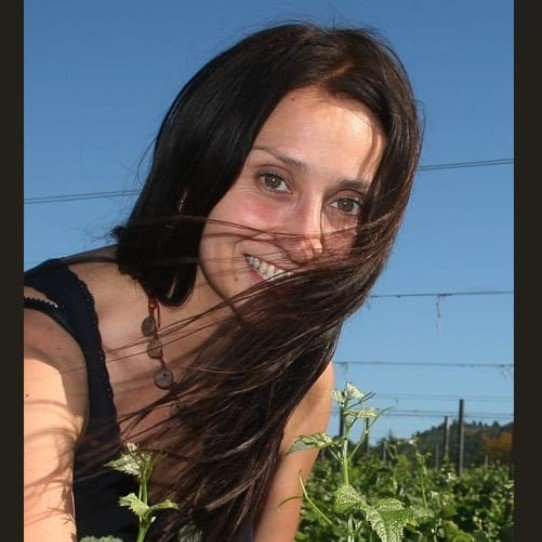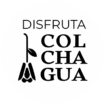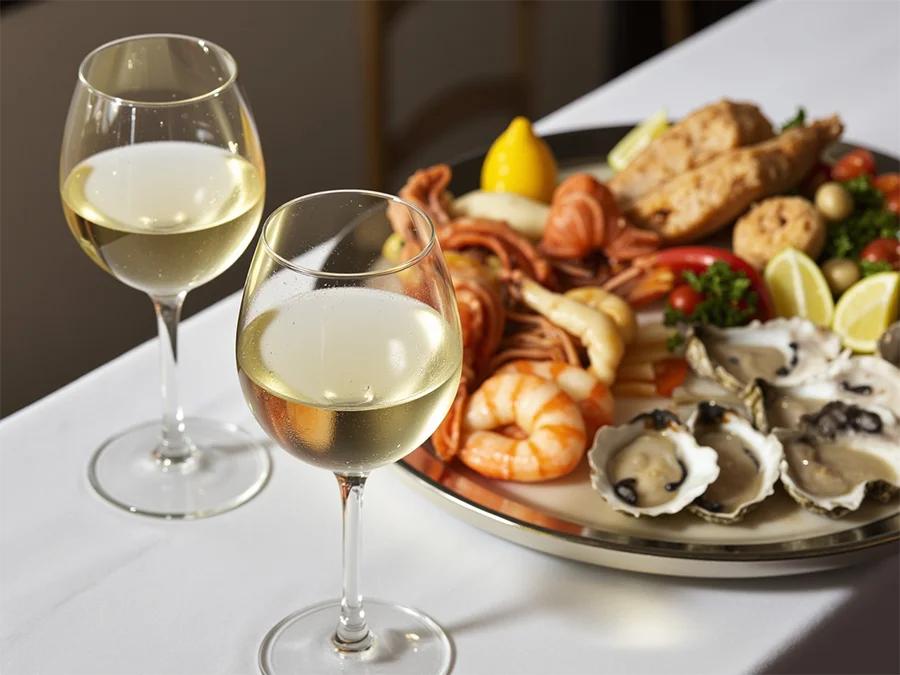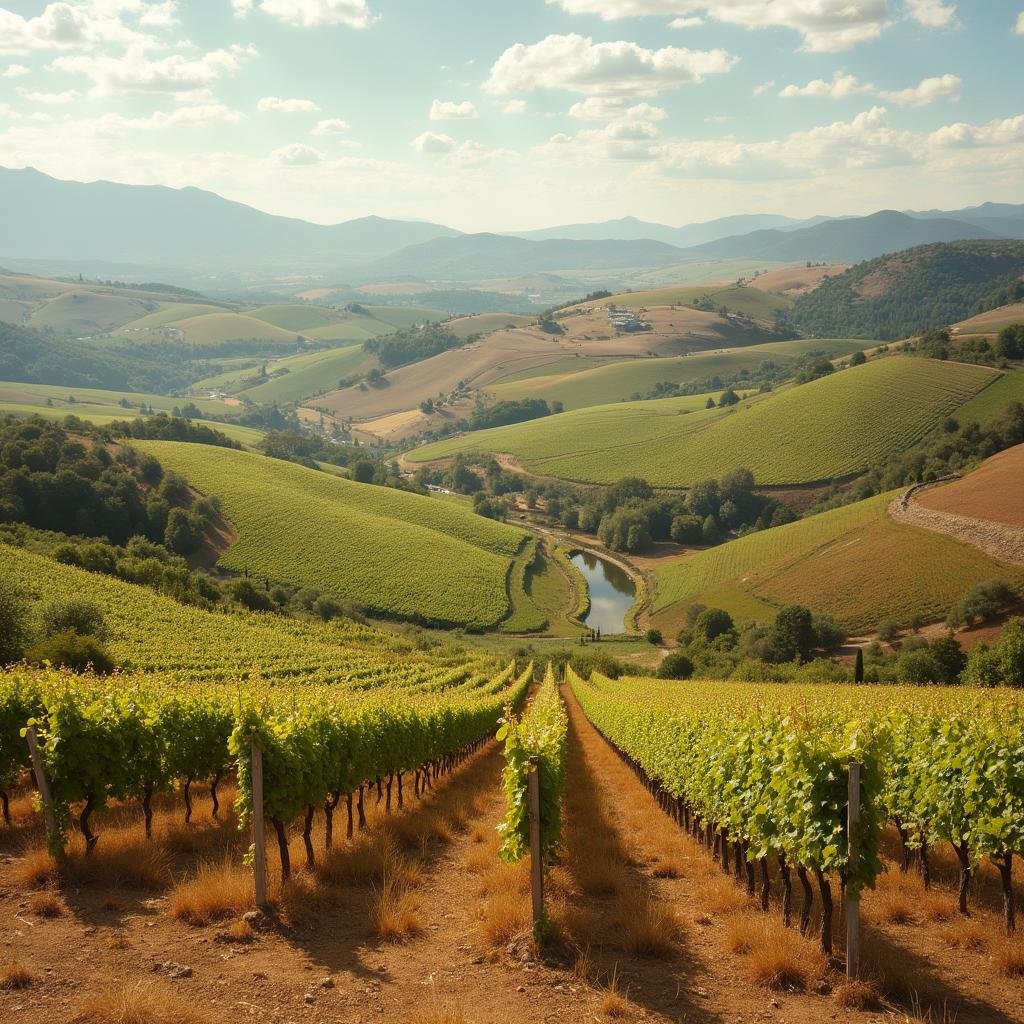New Freshness, Character, and a Vision for the Future
For years, the Colchagua Valley was known for robust and expressive red wines like Carménère, Cabernet Sauvignon, and Syrah — all marked by sun and ripeness. However, in recent years, white wines in Colchagua have shifted from being an exception to becoming a new benchmark of quality, freshness, and originality.
Today, winemakers and personal projects focus on whites with defined personality, precision, and terroir expression. What has changed? What makes these wines special? And what does the future hold? To answer these questions, we interviewed two key figures from the valley: Carolina Blanco, founder and winemaker of Carolina Blanco Wines, and Ana Salomó, creator of the Sauvignon Punku Microterroir project.
Colchagua: Land of White Wines with Identity
Although Colchagua’s climate is mostly warm and dry, its coastal areas have distinct conditions. Towns like Lolol, Paredones, Pumanque, and Marchigüe receive direct influence from the Pacific Ocean, with cool breezes that refresh the nights and allow slow, balanced ripening.
Carolina Blanco explains:
“The combination of climate factors, diverse soils, and well-adapted grape varieties has made Colchagua a prominent region for producing quality white wines.”
The wide thermal amplitude between day and night, together with soils of granite, clay, and volcanic influence, helps white grapes develop defined aromas while maintaining vibrant acidity.

Microterroir, Clonal Selection, and Precision: Ana Salomó’s Vision
Ana Salomó’s Sauvignon Punku Microterroir project embodies this new vision for white wines in Colchagua. She works with obsessive attention to detail to reveal the true potential of Colchagua’s coastal terroir.
Ana selects specific plots with morning sun exposure on slopes near the sea, and carefully chooses clones, a key but little-known winemaking practice.
“Clone 107 offers mineral notes, clone 1 has herbaceous character, and clone 242 expresses passion fruit. This diversity allows us to craft different styles and final wine profiles depending on the goal of each microvinification.”
Precision extends to harvest timing: early for citrusy, acidic wines; intermediate for balance and body; and late for tropical fruit flavors and complexity.
Each bottle thus reflects not just a specific terroir but a deliberate technical decision redefining white wines in Colchagua.

Winemaking Techniques for White Wines in Colchagua: Stainless Steel, Barrel, and Amphora
The stylistic diversity of white wines in Colchagua also depends on winemaking choices.
Carolina Blanco notes:
“When emphasizing primary aromas like fruit, herbs, and flowers, fermentation in stainless steel at controlled temperatures is ideal for fresh and direct wines.”
For complexity, texture, and longevity, barrel fermentation and aging add creaminess, vanilla, toast, and spice notes—common in many Chardonnays.
Ceramic amphorae are gaining attention for adding a unique minerality and rounded texture without the aromatic interference of oak.
Vertical Wine tasting in Colchagua Valley
Techniques That Define the Modern Style: Skin Maceration and Sur Lie Aging
Two advanced techniques shape the modern white wines in Colchagua style: skin maceration and sur lie aging.
Skin maceration involves juice contact with skins at low temperatures, enhancing structure and aromatic complexity—ideal for Sauvignon Blanc.
Sur lie aging uses yeast sediment contact to release compounds that improve texture, roundness, and volume. Carolina Blanco explains:
“This results in greater aromatic complexity and a creamier, rounder mouthfeel.”
Both methods enrich the technical approach behind the best white wines from Colchagua.
Climate Change: A Growing Challenge for White Wines in Colchagua
Climate change is impacting white wines in Colchagua by raising temperatures, which lowers natural acidity and speeds ripening, affecting balance.
Late frosts, irregular flowering, and droughts further challenge viticulture, prompting changes in vineyard management including rational pruning, vegetation control, and sun protection strategies.
Carolina Blanco advises:
“Green management should maintain non-dense vegetation to improve airflow and shield grapes from direct sun.”
Pairing Suggestions, Pricing, and Wine Tourism Experiences
The versatility of white wines in Colchagua makes them ideal for food pairings. Mineral, citrusy Sauvignon Blanc pairs excellently with ceviche, oysters, or parmesan-coated clams, while barrel-aged Chardonnay complements richer dishes like salmon, crab pie, or chicken in white sauce.
Prices range from $9 USD for fresh styles to $30 USD for complex barrel blends, always with a focus on clear identity.
Wine tourism in Colchagua also highlights whites, with wineries such as Montes, Lapostolle, Casa Silva, and Viu Manent offering tasting experiences that pair coastal seafood with local wines.
A New Narrative for White Wines in Colchagua
White wines in Colchagua have transitioned from a supporting role to starring in their own right. Thanks to the technical and creative efforts of winemakers like Carolina Blanco and Ana Salomó, the valley is becoming a benchmark for fresh, elegant, and complex whites.
Every technical choice—from clone selection to harvest timing—tells a story of identity, precision, and a forward-looking vision in every glass.









